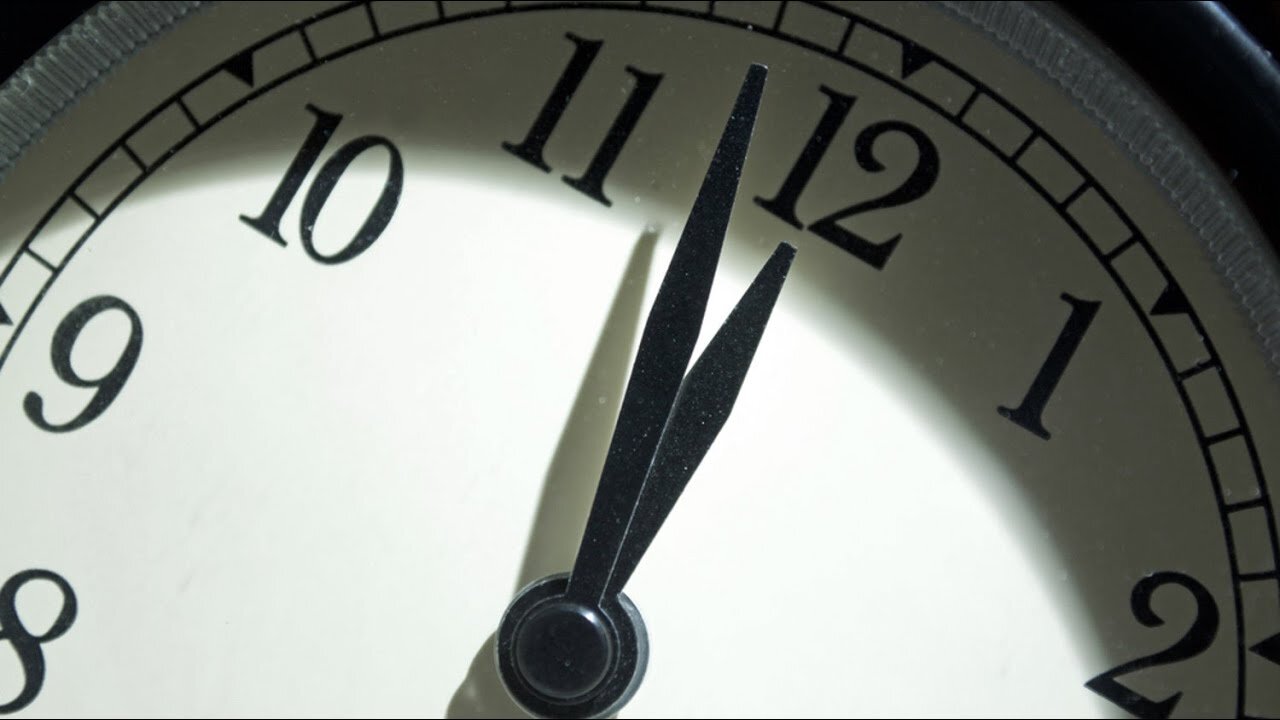
Midnight Regulations
What are midnight regulations?
Over most of the course a presidential term, the regulatory agencies of the executive branch finalize rules (which can include making new regulations or modifying or eliminating existing regulations) at a fairly steady pace. However, the “lame duck” period between the presidential election in November and inauguration in January commonly often produces a major spike in the number of rulemakings being pushed through the regulatory process. Rules made in this period have been dubbed “midnight regulations” because they are passed in a hurry by outgoing presidents before the “clock strikes twelve” and they turn back into ordinary citizens. Often, outgoing presidents use the lack of accountability in the lee of an election to push through controversial rules they wouldn’t want to defend during an election. They use this period to secure their influence and legacy into the future.
Research by Mercatus scholars into this phenomenon has uncovered a number of insights into the consequences of midnight regulations. This research generally indicates that these surges in regulation tend to overpower the existing regulatory review process and lead to a larger number of presumably lower quality rulemakings being finalized at a much more rapid pace than the rest of the term. The Regulatory Studies Center at George Washington University is also quite notable for its research on this topic.
Check the visualizations, working papers, and policy briefs collected on this page to explore our analyses of midnight regulations.






